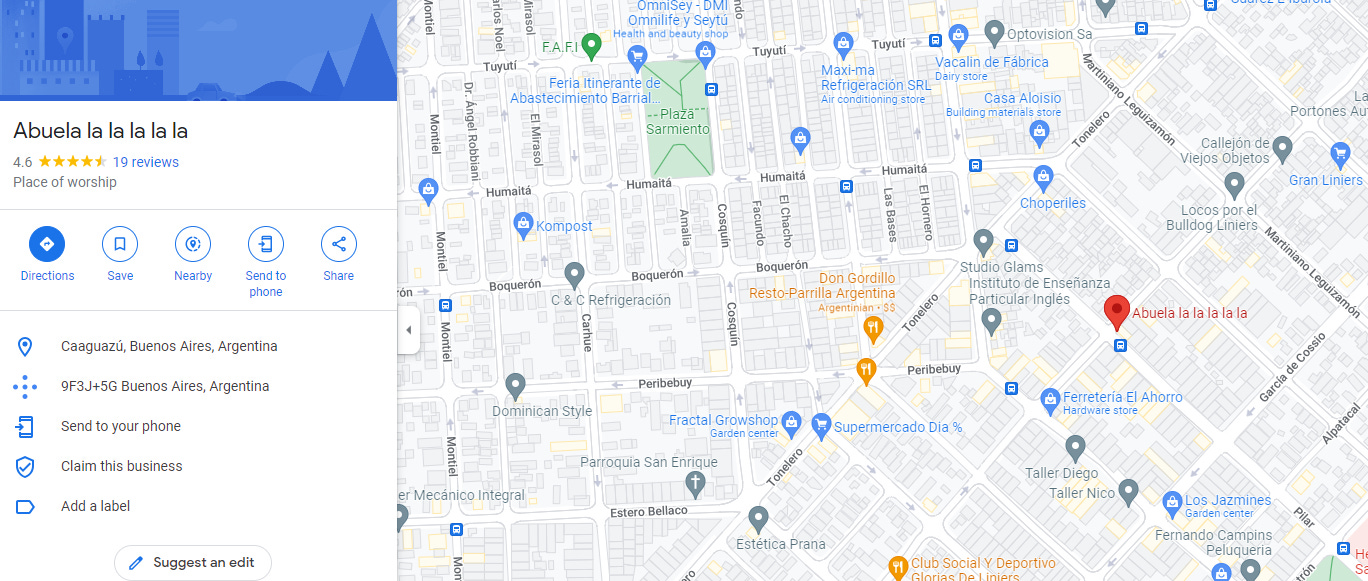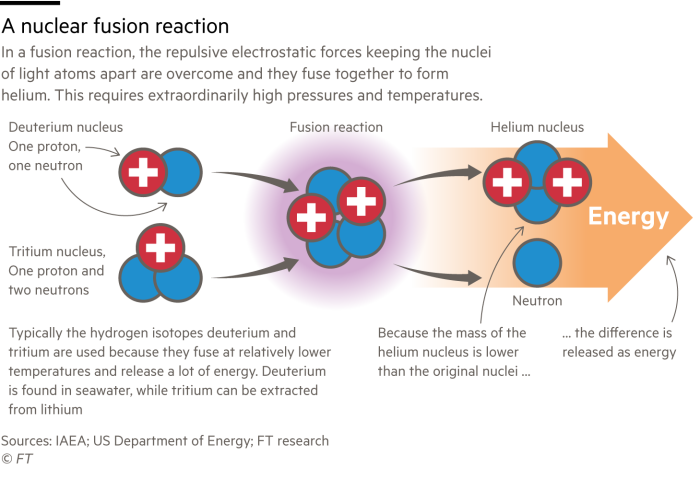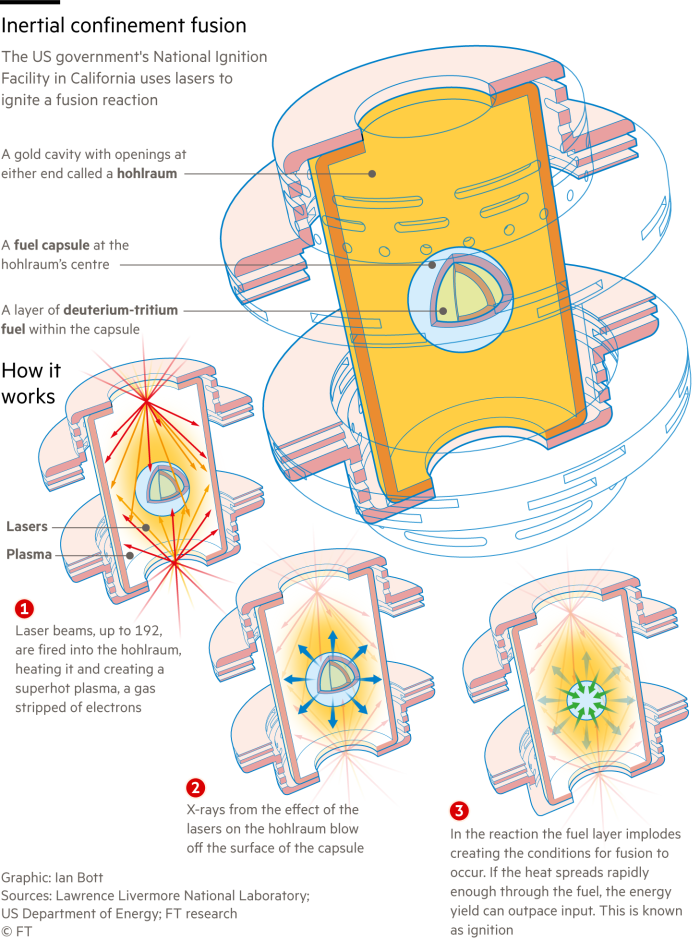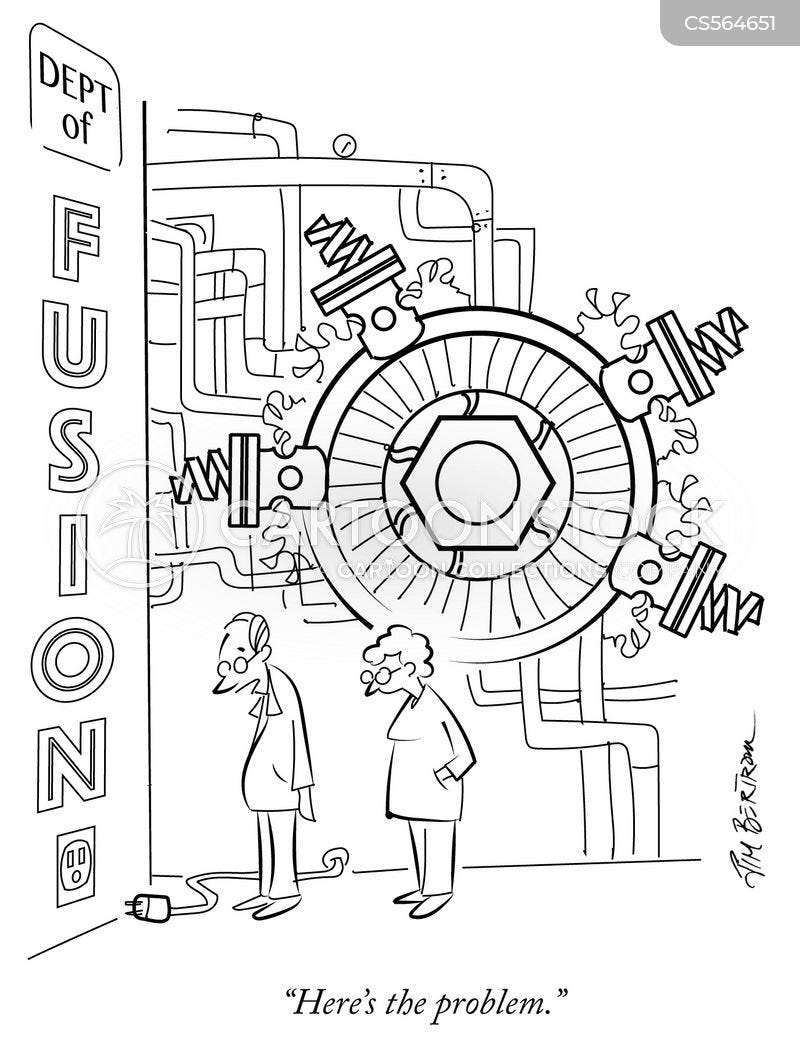Welcome to 2023!
Want to make and keep your new year’s resolution to master a new skill? Re-Read
Ratlinks: THE FUTURE IS ONLY A STUBBORNLY PERSISTENT ILLUSION
I remember 2022 like it was yesterday, but if you are a bit hazy, the below visualization should remind you of a few topics most of us cared enough about to investigate further.
This month’s edition touches on:
Fútbol Fan Fun
A Huge Energy Breakthrough
ABUELA-La-La-La
Last month World Cup fever gripped the ugh, world. Argentina won the title with Messi cementing his legacy as he captured his first world cup. A week before the finals I attended a dinner party and sat next to a friend who was too nervous to eat.
He turned and said I am from Buenos Aires. Do you know what it is like there right now? It is magic.
I leaned in and whispered ¿Magia?
On November 31st, when Argentina won their first match a few intoxicated young men took to the streets in the Buenos Aires neighborhood of Liniers to celebrate. On a random corner, they stumbled upon, María Cristina Mariscotti, an old lady whom the young men then began serenading with Abuela-la-la-la.
With each consecutive Argentinian win, the crowds outside Maria’s home grew and grew with the corner where the Abuela was first discovered becoming one of the most popular post-game celebration points.
After Argentina won the World Cup, Abuela released a statement via twitter:

En Ingles: Thank you for such nice messages, life did not give me the opportunity to have grandchildren. A loving message this morning said that I am now the grandmother of many Argentines. I'm so excited
GONE NUCLEAR FISSION
Scientists recently experienced a major breakthrough in energy technology, known as nuclear fusion.1 Although fusion power stations are likely still decades away, the technology’s potential is hard to ignore. Fusion reactions emit no carbon and produce no long-lived radioactive waste. A small cup of hydrogen fuel could theoretically power a house for hundreds of years.
Scientists at the Lawrence Livermore National Laboratory in California recently achieved net energy gain in a fusion experiment using a technique known as inertial confinement fusion. This process involves using the world's largest laser to bombard a tiny pellet of hydrogen plasma.
This breakthrough in fusion used a divergent method from most other fusion research, known as magnetic confinement fusion. In magnetic confinement, the hydrogen fuel is held in place by powerful magnets and heated to extreme temperatures so the atomic nuclei fuse. Magnetic confinement is the technique used at China’s EAST reactor and Europe’s reactor. The goal of magnetic confinement fusion is to create and maintain conditions that are suitable for sustained nuclear fusion reactions, which release a large amount of energy. Sustaining the reaction time is incredibly hard and at best is currently 100 seconds.
The inertial confinement fusion tests have been more successful than magnetic confinement because scientists optimized for a different variable, energy gain. The inertial confinement test reaction produced about 3.15 megajoules (MJ) of energy, compared to 2.05MJ of energy expended by the lasers.
While the inertial confinement experiment was successful there is a long road ahead before commercialization.
First, energy gain in this context only compares the energy out to the energy in the lasers, 3.15MJ vs 2.05MJ not to the total amount of energy pulled off the grid to power the system.
To be commercially successful results need to be 100x better as at present each shot requires 330MJ of electrical energy, delivered in a 400-microsecond burst.2
The amount of energy required to power fusion can also be optimized. The system that powers the lasers at the NIF is old and not designed for maximum energy efficiency. If you are going to develop a potential breakthrough energy source it might help to not use a 40-year-old battery to power the largest laser in the world.
While dreams of a world run on unlimited clean renewable power are likely far off with rapid advances in machine learning and AI further breakthroughs in fusion power could be here sooner than we expect.
Gradually, then suddenly
— Ernest Hemingway
May fate be on your side and fortune favor you.
Have a bright 2023. Thanks for reading.
Nuclear fusion and nuclear fission are both processes that release energy through the transformation of atomic nuclei. However, they work in different ways and involve different types of reactions.
Nuclear fusion is a process in which atomic nuclei combine to form a heavier nucleus, releasing a large amount of energy in the process. This energy is released through the conversion of some of the mass of the reactants into energy, according to Einstein's famous equation E=mc^2. The energy released in a fusion reaction is typically much greater than that released in a chemical reaction, such as the burning of coal or oil.
Nuclear fission is a process in which an atomic nucleus is split into two smaller nuclei, releasing a large amount of energy in the process. This energy is also released through the conversion of some of the mass of the reactants into energy. In a fission reaction, the energy is released when the binding energy that holds the nucleus together is exceeded, causing the nucleus to split into two smaller, more stable nuclei.
One important difference between nuclear fusion and nuclear fission is the type of fuel they require. Fusion reactions can be powered by hydrogen isotopes, which are relatively abundant and easy to obtain. Fission reactions, on the other hand, require more scarce and expensive fuels, such as uranium or plutonium. - GPT wrote this for me













